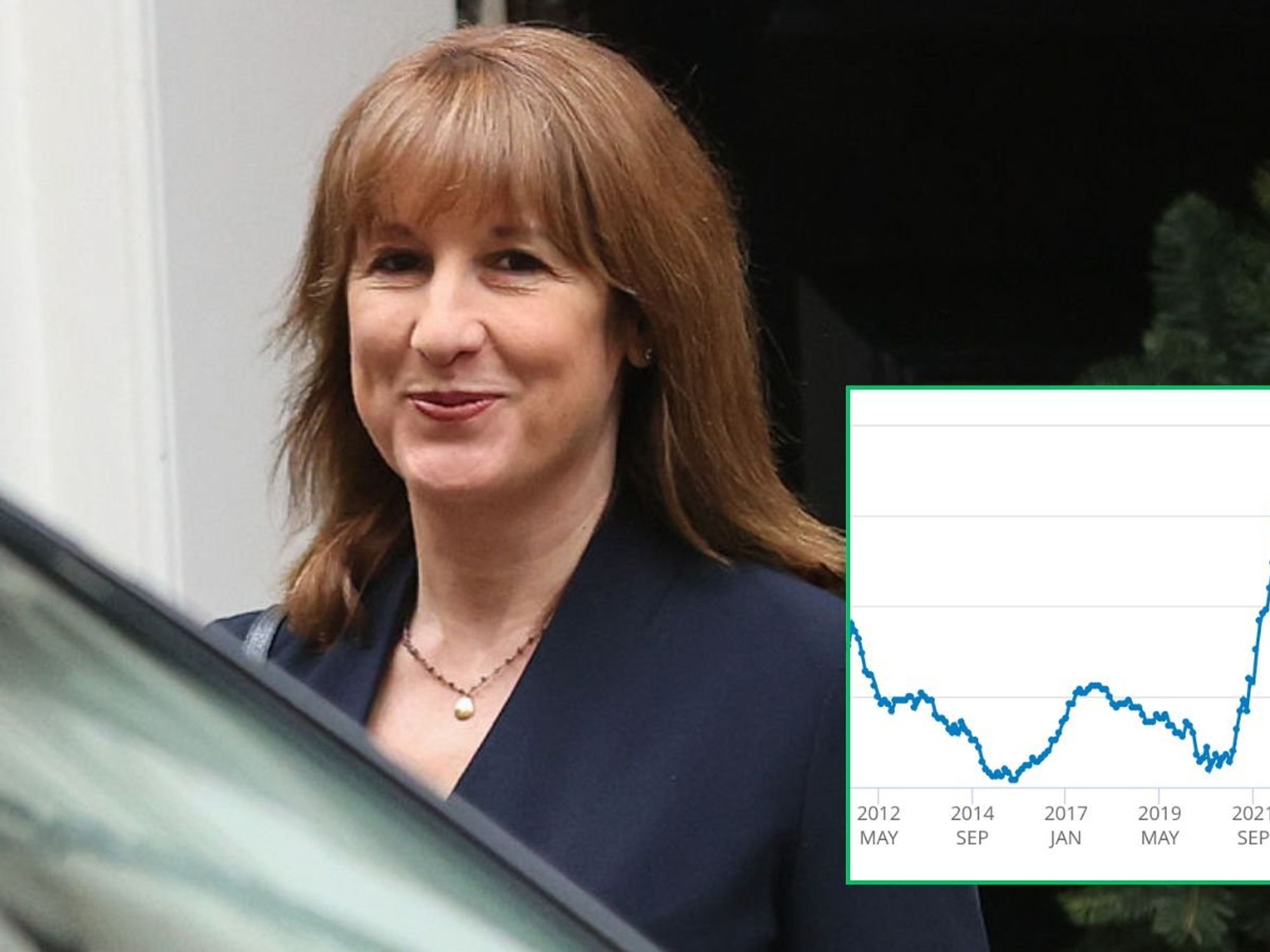Army soldiers to sue MoD after being exposed to 'toxic paint' on British tanks
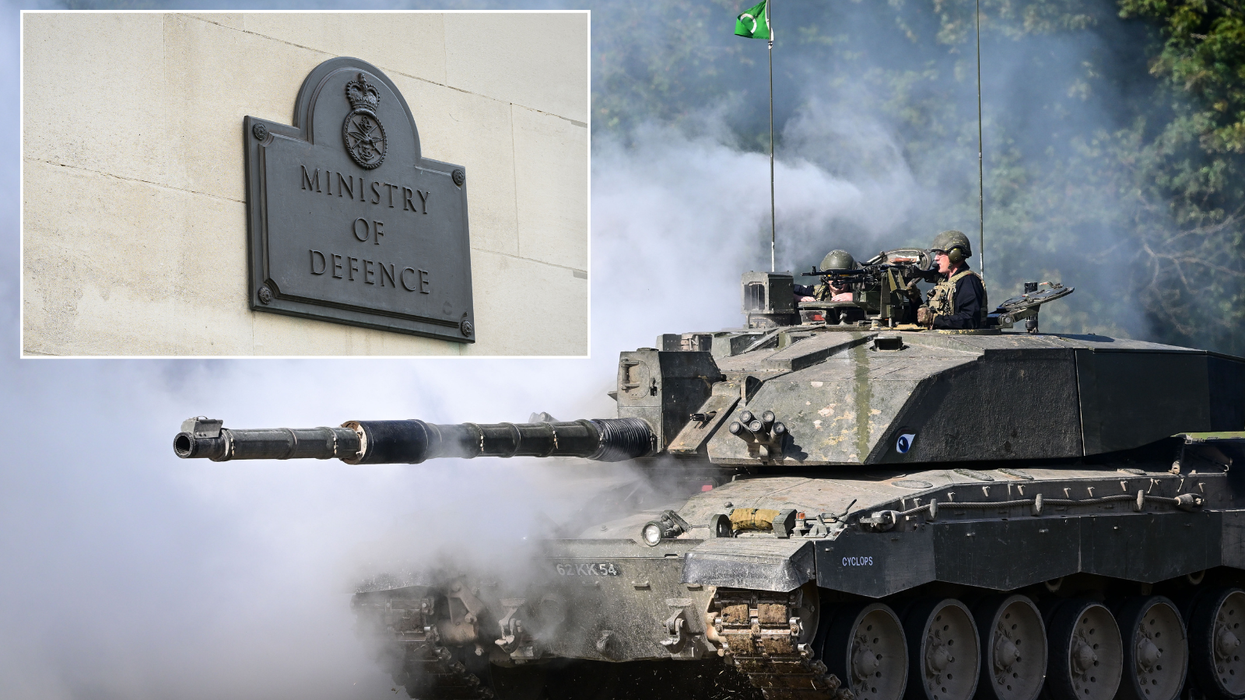
Workers, who were exposed to the substance on rust-proof tanks such as Challenger 2s and now suffer from cancer, are suing the MoD
|Getty

Vehicles in the Royal Tank Regiment used paint containing chromium (VI), a substance that can increase an individual's chance of developing cancer
Don't Miss
Most Read
Army soldiers who were exposed to “toxic paint” on British tanks are suing the Ministry of Defence (MoD) after developing cancer.
The Royal Tank Regiment used paint containing chromium (VI), a recognised human carcinogen that can increase a person’s risk of developing cancer, on various vehicles until January 2019.
Workers exposed to the substance on rust-proof tanks such as Challenger 2s now suffer from cancers such as Hodgkin lymphoma and lung cancer.
Soldiers who painted the vehicles and washed the overalls claim that the MoD knew about the risk for years but did not inform the workers, the Times has revealed.
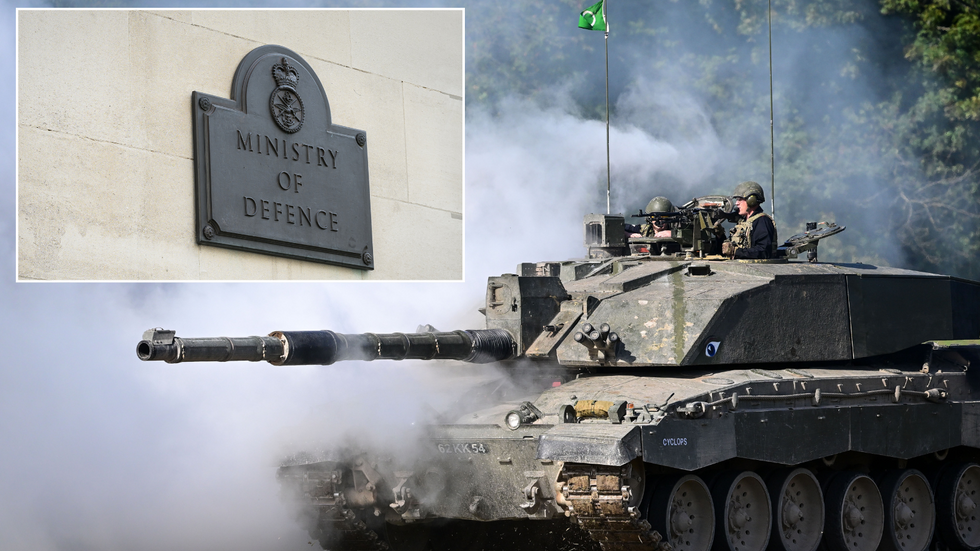 Workers, who were exposed to the substance on rust-proof tanks such as Challenger 2s and now suffer from cancer, are suing the MoD | Getty
Workers, who were exposed to the substance on rust-proof tanks such as Challenger 2s and now suffer from cancer, are suing the MoD | GettySteven Horsley, a partner at Hugh James Solicitors, which is representing the families, told the publication: “Despite the risks being well known, the military continued to use this paint and didn’t tell its people and didn’t provide adequate ventilation or instructions or warning for those on the ground who were re-spraying the Challengers.”
The allegations come after almost 40 current and former British military pilots decided to sue the MoD last month after developing cancer following exposure to the aircraft’s fumes.
Troops who served their country in Sea King, Wessex, Puma and Chinook rotorcraft have been diagnosed with conditions including non-Hodgkin lymphoma, multiple myeloma, lung cancer, throat cancer and testicular cancer.
At least three military personnel have already died, leaving their families to pursue justice on their behalf, while others have been told their cancers are terminal or that they may struggle to conceive children.
LATEST DEVELOPMENTS:
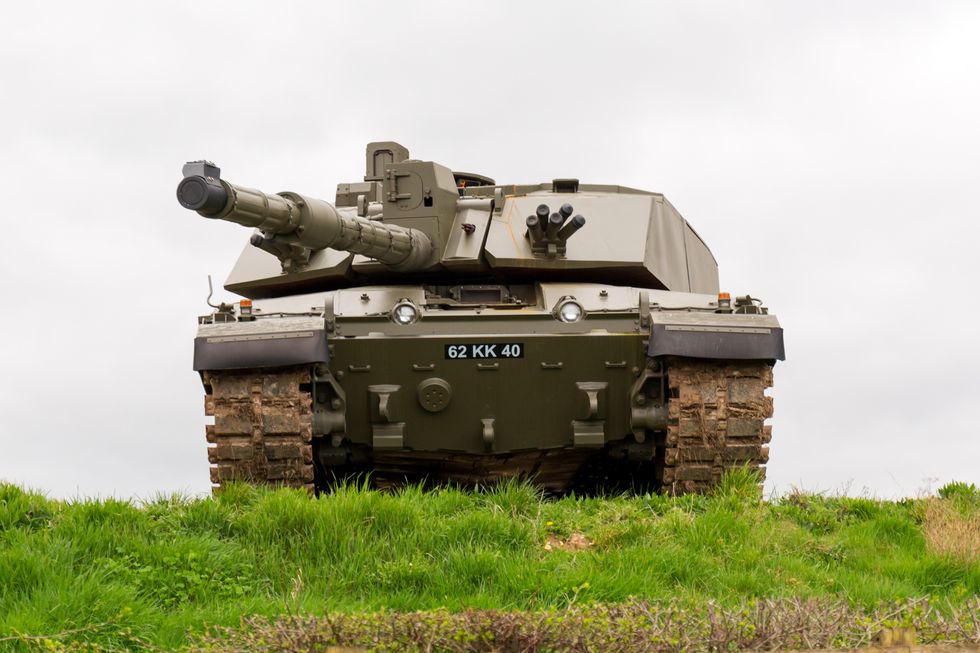
The Royal Tank Regiment used paint containing chromium (VI), a recognised human carcinogen
|Wikimedia Commons
In the 2006 EU Registration, Evaluation, Authorisation and Restriction of Chemicals (REACH) regulation, a deadline of January 2019 was given for the use of the substance in paint to end.
After that date, 16 years after the EU directive - the MoD halted its use and the remaining stocks were disposed of. The paint had been common in the painting of Challenger 2s, due to its ability to protect various materials.
Barrister Hugh Jeames said: “These brave soldiers tell us that they have been, in their words, painting this stuff on and chipping it off willy-nilly, in ignorance of the risks, since 2013 and — they say — up until at least 2018.”
Martin Docherty-Hughes, who is seeking re-election as the SNP candidate for West Dunbartonshire, said: “The MoD has a history of closing its eyes to the health and safety of armed forces personnel, so this comes as no surprise.”
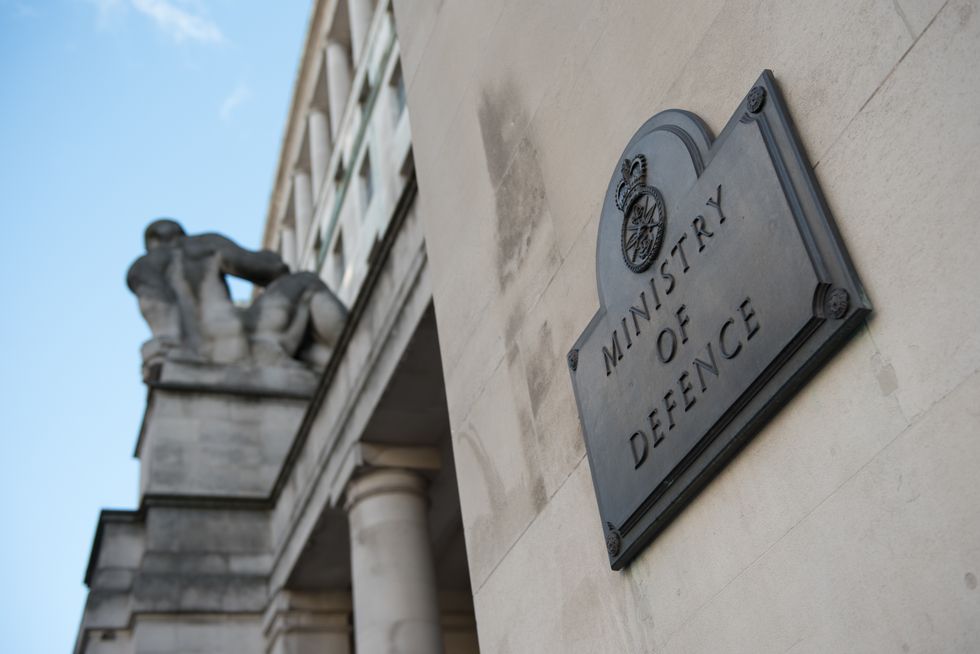 A general view of the name plaque of the Ministry of Defence | GETTY
A general view of the name plaque of the Ministry of Defence | GETTYHe said there needed to be an independent review into the department “with root and branch reform placing all MoD personnel at the heart of its agenda”.
A spokesperson for the MoD said: “We take the safety of our personnel very seriously and continually review our health and safety policies to ensure that we protect our people from harm.”
“Prior to January 2019, the use of the paint in land vehicles was minimal, and where it is still used in aviation, painting is only performed by fully-trained personnel, using the appropriate specialised equipment and frequent exposure monitoring in place,” they added.






